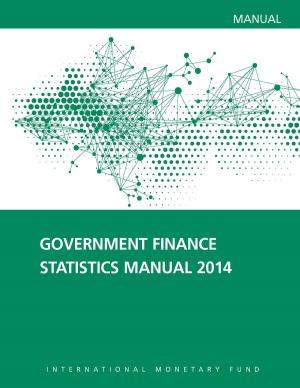Measuring the Potential Output of South Africa
Business & Finance, Economics, International Economics, Nonfiction, Social & Cultural Studies, Political Science, Politics, Economic Policy| Author: | Nir Klein | ISBN: | 9781475558968 |
| Publisher: | INTERNATIONAL MONETARY FUND | Publication: | August 25, 2011 |
| Imprint: | Language: | English |
| Author: | Nir Klein |
| ISBN: | 9781475558968 |
| Publisher: | INTERNATIONAL MONETARY FUND |
| Publication: | August 25, 2011 |
| Imprint: | |
| Language: | English |
This paper provides an assessment of the South African potential output for the period 1985-2010 by applying both structural and nonstructural estimation techniques. The analysis suggests that, while potential output growth steadily accelerated in the post-apartheid era to about 3 1/2 percent (1994-2008), it has decelerated considerably following the outbreak of the financial crisis, as was observed in other advanced and emerging economies. While this indicates that, at around -1 1/ 2 percent, the estimated 2010 output gap was lower than previously thought, there is a fair amount of uncertainty regarding its "true" magnitude, reflecting in part the backward looking nature of the estimation methods. The paper concludes that the potential growth is likely to gradually revert to its precrisis pace and the output gap to have closed by early 2012.
This paper provides an assessment of the South African potential output for the period 1985-2010 by applying both structural and nonstructural estimation techniques. The analysis suggests that, while potential output growth steadily accelerated in the post-apartheid era to about 3 1/2 percent (1994-2008), it has decelerated considerably following the outbreak of the financial crisis, as was observed in other advanced and emerging economies. While this indicates that, at around -1 1/ 2 percent, the estimated 2010 output gap was lower than previously thought, there is a fair amount of uncertainty regarding its "true" magnitude, reflecting in part the backward looking nature of the estimation methods. The paper concludes that the potential growth is likely to gradually revert to its precrisis pace and the output gap to have closed by early 2012.















